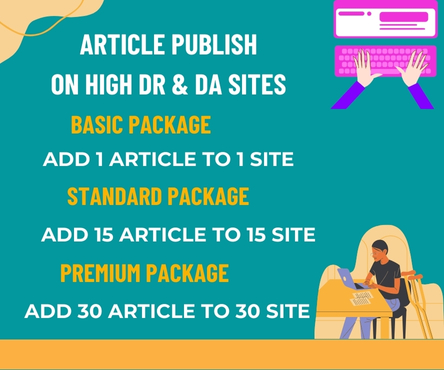In today’s digital era, accessibility remains a critical aspect of content delivery. As the internet becomes increasingly vital in our everyday lives, ensuring that all users, regardless of their abilities, can access and engage with online content is more important than ever. One such technology playing a vital role in improving accessibility is flipbook conversion. Flipbook conversion technology transforms traditional documents, such as PDFs, into digital flipbooks, offering an interactive and accessible experience. This technology not only benefits those with disabilities but also enhances user experience for all. Meet here flipbook maker
What is Flipbook Conversion Technology?
Flipbook conversion technology involves transforming static documents into a dynamic, digital format that simulates the look and feel of flipping through a physical book. The result is a visually appealing, interactive piece of content that allows users to flip through pages, zoom in, and navigate easily. Many flipbook tools convert standard formats like PDF, Word, or images into a flipbook format that can be embedded on websites, shared via email, or viewed on mobile devices.
Why Flipbook Conversion is Essential for Accessibility
Traditional documents like PDFs are often challenging to navigate for individuals with visual impairments or those who rely on screen readers. The linear nature of such documents can make it difficult to access the content efficiently. Flipbook conversion, however, offers several key features that improve accessibility for a wide range of users.
- Enhanced Readability and Navigation
Flipbook technology often includes features like adjustable zoom, navigation buttons, and a clear, user-friendly interface. For users with visual impairments, these options are invaluable. By allowing users to zoom in on text or adjust the background color for better contrast, flipbooks cater to various visual needs. Moreover, flipbooks typically offer easy page navigation with arrows or clickable thumbnails, enabling users to find the specific information they need quickly.
- Screen Reader Compatibility
Screen readers, which convert text into speech, are essential tools for blind and visually impaired individuals. Flipbook software providers have increasingly incorporated compatibility with these tools. A flipbook’s textual content is often made accessible to screen readers by extracting the text from the original document and providing an alternative version of it. This ensures that individuals who rely on auditory cues can still engage with the material effectively.
- Interactive Features for Cognitive Accessibility
Flipbooks can include multimedia elements such as audio, video, and animations. For individuals with cognitive disabilities, these interactive features can enhance comprehension and engagement. For example, a flipbook may include voiceovers explaining key concepts or videos demonstrating product functionality. These elements provide multiple ways to engage with content, making it more accessible for individuals with various learning preferences and abilities.
- Mobile-Friendly and Cross-Platform Accessibility
One of the most significant advantages of flipbook technology is its responsiveness. Flipbooks are optimized for viewing on various devices, including smartphones, tablets, and computers. This cross-platform capability ensures that individuals with mobility impairments, who may rely on assistive devices or specific screen sizes, can access the content seamlessly. The format’s versatility ensures that users can access flipbooks from any location, whether at home or on the go.
- Multilingual Support
Accessibility extends beyond physical disabilities; it also includes language barriers. Many flipbook conversion platforms allow content creators to offer multilingual versions of their flipbooks. This feature helps people who speak different languages or who are non-native speakers of a language to access content in their preferred language. Providing content in multiple languages improves the inclusivity of the material and broadens its reach.
Conclusion
Flipbook conversion technology has revolutionized the way we approach digital accessibility. By making documents more navigable, interactive, and screen reader-friendly, flipbooks ensure that content is accessible to a broader range of users, including those with visual, cognitive, and mobility impairments. Additionally, the mobile compatibility and multilingual capabilities enhance accessibility for a global audience. As we continue to innovate and develop digital technologies, embracing accessibility features like flipbook conversion will be crucial in ensuring that all individuals have equal access to information, no matter their abilities or backgrounds.

